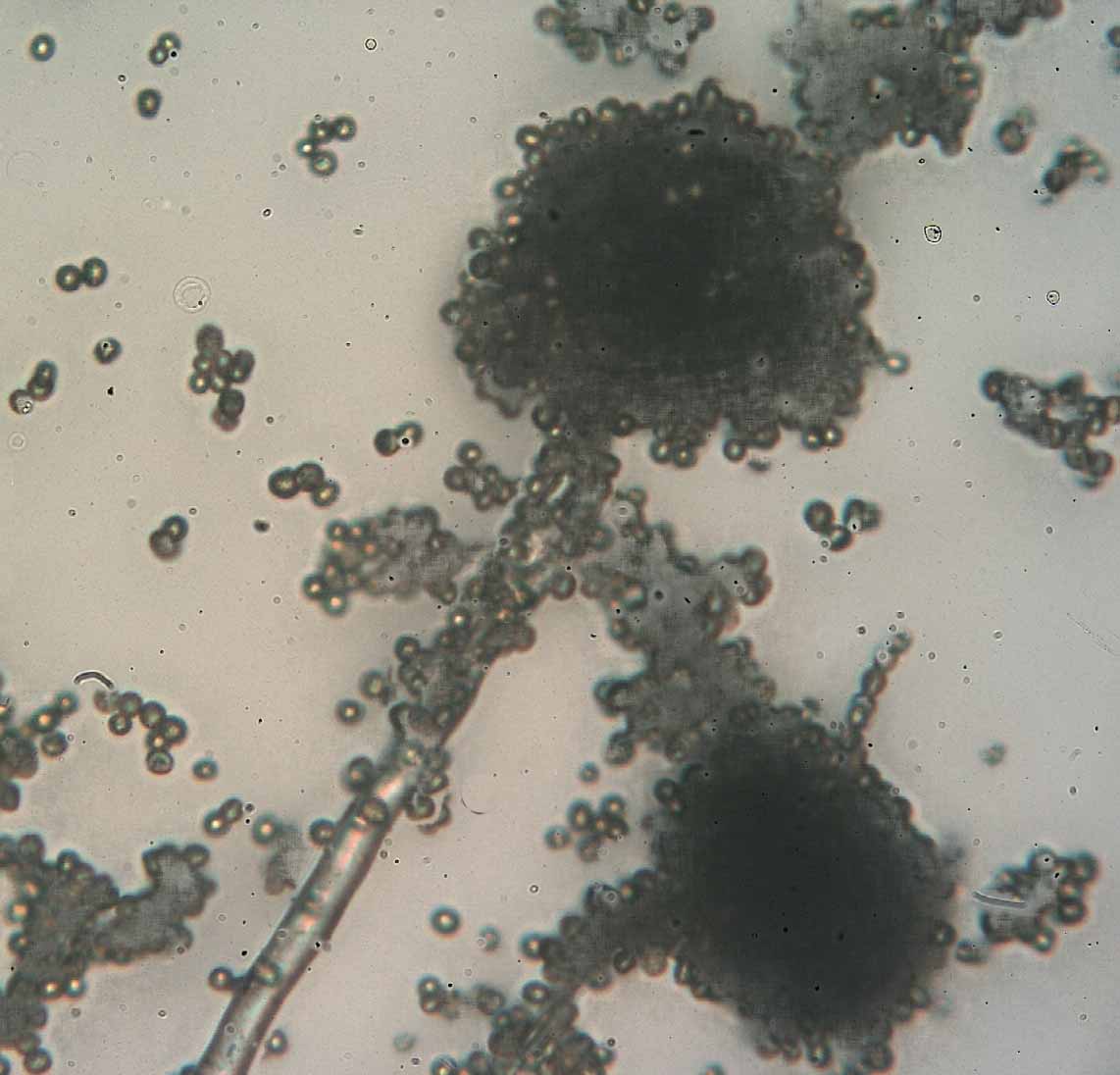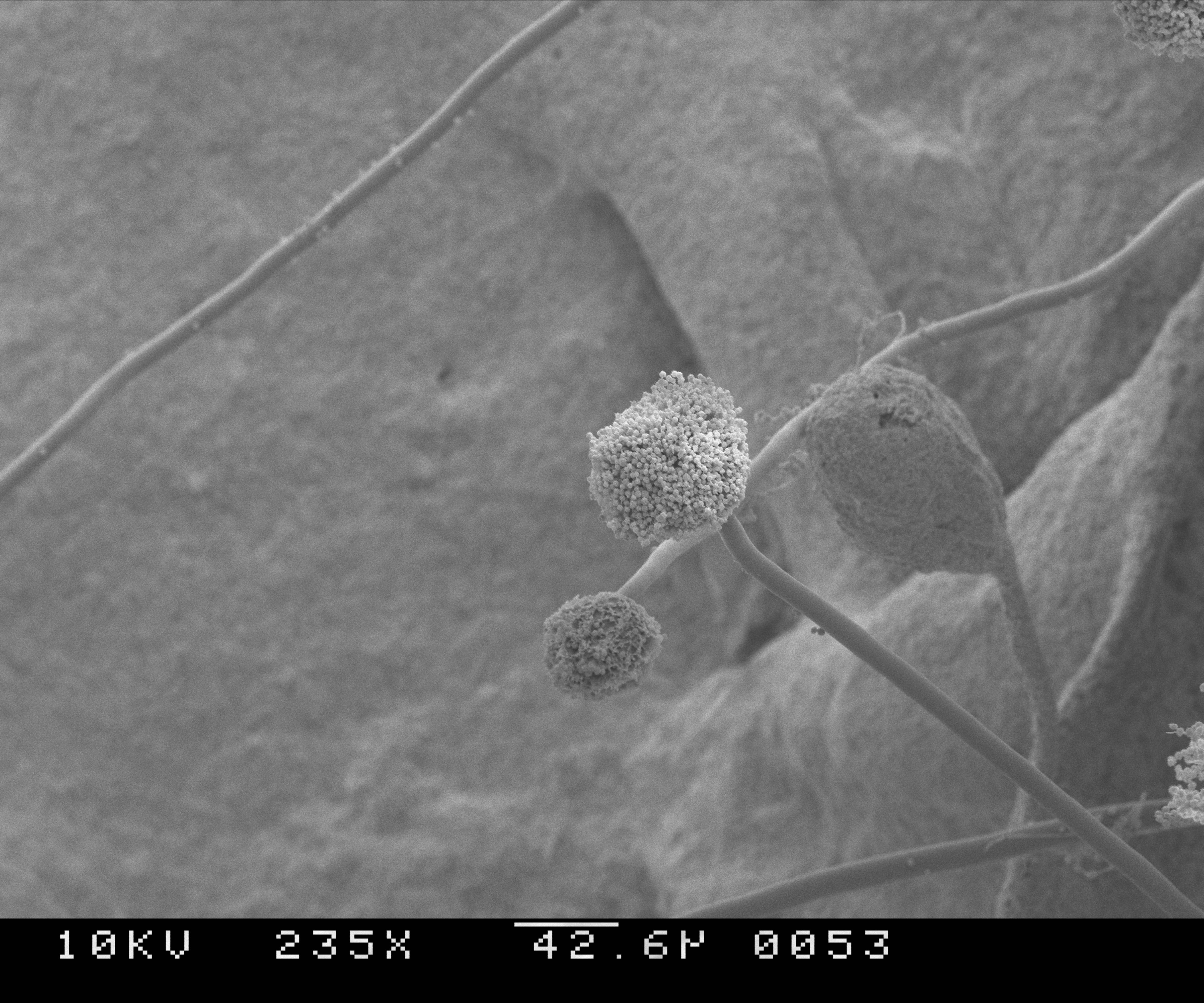|
Umqombothi
Umqombothi (), is a South African traditional type of beer made from maize (corn), maize malt, sorghum malt, yeast, and water. The beer has a rather low content of Ethanol, alcohol (usually less than 3%) but a high content of vitamin B, B vitamins. It has a thick, creamy, and gritty consistency (from the maize), a heavy and distinctly sour aroma, and an opaque, buff-colored appearance. Umqombothi is cheaper than commercial lager beers brewed from barley and flavoured with hops, hop flowers. Traditional method of preparation Umqombothi is brewed following traditional customs, and these vary slightly between regions. The recipe is often passed down through generations. The beer is traditionally prepared over a fire outside of the house. It then passively cools to ambient temperatures outside the house. The ingredients used are: equal measures of maize meal, crushed mealie malt (corn malt), and crushed sorghum malt. The maize malt provides a lighter-toned beer with a mellower flav ... [...More Info...] [...Related Items...] OR: [Wikipedia] [Google] [Baidu] |
The Beerhouse
The Beerhouse was a speciality beer hall which opened in Cape Town's Upper Long Street on International Beer Day, Friday 2 August 2013, and closed 11 years later, on 3 August, 2024. Occupying a two-storey Victorian building, the former premises of Bead Merchants of Africa, The Beerhouse comprised a long bar, inside lounge/dining area and outside terrace with historic wrought-iron balcony. The brainchild of German entrepreneur, Randolf Jorberg, Beerhouse stocked bottled and draught beer from 13 countries, 99 bottled beers of various styles all numbered and displayed on a beer wall, and 15- to 20 beers on tap. As a proponent of the local craft beer revolution, Beerhouse had a strong bias towards supporting South African microbreweries of which the Western Cape boasts over 100. In addition to clear, weiss and experimental brews, traditional African beer, Umqombothi, made from corn, sorghum malt and yeast was available. The Beerhouse carried through its theme with beer ke ... [...More Info...] [...Related Items...] OR: [Wikipedia] [Google] [Baidu] |
Beer
Beer is an alcoholic beverage produced by the brewing and fermentation of starches from cereal grain—most commonly malted barley, although wheat, maize (corn), rice, and oats are also used. The grain is mashed to convert starch in the grain to sugars, which dissolve in water to form wort. Fermentation of the wort by yeast produces ethanol and carbonation in the beer. Beer is one of the oldest and most widely consumed alcoholic drinks in the world, and one of the most popular of all drinks. Most modern beer is brewed with hops, which add bitterness and other flavours and act as a natural preservative and stabilising agent. Other flavouring agents, such as gruit, herbs, or fruits, may be included or used instead of hops. In commercial brewing, natural carbonation is often replaced with forced carbonation. Beer is distributed in bottles and cans, and is commonly available on draught in pubs and bars. The brewing industry is a global business, consisting of several ... [...More Info...] [...Related Items...] OR: [Wikipedia] [Google] [Baidu] |
Match
A match is a tool for starting a fire. Typically, matches are made of small wooden sticks or stiff paper. One end is coated with a material that can be ignited by friction generated by striking the match against a suitable surface. Wooden matches are packaged in matchboxes, and paper matches are partially cut into rows and stapled into matchbooks. The coated end of a match, known as the match "head", consists of a bead of active ingredients and binder (material), binder, often colored for easier inspection. There are two main types of matches: safety matches, which can be struck only against a specially prepared surface, and strike-anywhere matches, for which any suitably frictional surface can be used. Etymology The word ''match'' derives from Old French ''mèche'', referring to the Candle wick, wick of a candle. Historically, the term ''match'' referred to lengths of rope, cord (later cambric) impregnated with chemicals, and allowed to burn continuously. These were used to li ... [...More Info...] [...Related Items...] OR: [Wikipedia] [Google] [Baidu] |
Rhizopus
''Rhizopus'' is a genus of common saprophytic fungi on plants and specialized parasites on animals. They are found in a wide variety of organic substances, including "mature fruits and vegetables", jellies, syrups, leather, bread, peanuts, and tobacco. They are multicellular. Some ''Rhizopus'' species are opportunistic human pathogens that often cause fatal disease called mucormycosis. This widespread genus includes at least eight species. ''Rhizopus'' species grow as filamentous, branching hyphae that generally lack cross-walls (i.e., they are coenocytic). They reproduce by forming asexual and sexual spores. In asexual reproduction, spores are produced inside a spherical structure, the sporangium. Sporangia are supported by a large apophysate columella atop a long stalk, the sporangiophore. Sporangiophores arise among distinctive, root-like rhizoids. In sexual reproduction, a dark zygospore is produced at the point where two compatible mycelia fuse. Upon germination, a zygosp ... [...More Info...] [...Related Items...] OR: [Wikipedia] [Google] [Baidu] |
Penicillium
''Penicillium'' () is a genus of Ascomycota, ascomycetous fungus, fungi that is part of the mycobiome of many species and is of major importance in the natural environment, in food spoilage, and in food and drug production. Some members of the genus produce penicillin, a molecule that is used as an antibiotic, which kills or stops the growth of certain kinds of bacteria. Other species are used in cheesemaking. According to the ''Dictionary of the Fungi'' (10th edition, 2008), the widespread genus contains over 300 species. Taxonomy The genus was first described in the scientific literature by Johann Heinrich Friedrich Link in his 1809 work ; he wrote, , () where means "having tufts of fine hair". Link included three species—''Penicillium candidum, P. candidum'', ''Penicillium expansum, P. expansum'', and ''Penicillium glaucum, P. glaucum''—all of which produced a brush-like conidiophore (asexual spore-producing structure). The common apple rot fungus ''P.&n ... [...More Info...] [...Related Items...] OR: [Wikipedia] [Google] [Baidu] |
Aspergillus
'''' () is a genus consisting of several hundred mold species found in various climates worldwide. ''Aspergillus'' was first catalogued in 1729 by the Italian priest and biologist Pier Antonio Micheli. Viewing the fungi under a microscope, Micheli was reminded of the shape of an '' aspergillum'' (holy water sprinkler), from Latin ''spargere'' (to sprinkle), and named the genus accordingly. Aspergillum is an asexual spore-forming structure common to all ''Aspergillus'' species; around one-third of species are also known to have a sexual stage. While some species of ''Aspergillus'' are known to cause fungal infections, others are of commercial importance. Taxonomy Species In March 2010, ''Aspergillus'' covered 837 species of fungi. Notable species placed in Aspergillus include: * '' Aspergillus flavus'' is a notable plant pathogen impacting crop yields and a common cause of aspergillosis. * '' Aspergillus fumigatus'' is the most common cause of aspergillosis in individuals ... [...More Info...] [...Related Items...] OR: [Wikipedia] [Google] [Baidu] |
Mycotoxin
A mycotoxin (from the Greek μύκης , "fungus" and τοξικός , "poisonous") is a toxic secondary metabolite produced by fungi and is capable of causing disease and death in both humans and other animals. The term 'mycotoxin' is usually reserved for the toxic chemical products produced by fungi that readily colonize crops. Examples of mycotoxins causing human and animal illness include aflatoxin, citrinin, fumonisins, ochratoxin A, patulin, trichothecenes, zearalenone, and ergot alkaloids such as ergotamine. One mold species may produce many different mycotoxins, and several species may produce the same mycotoxin. Production Most fungi are aerobic (use oxygen) and are found almost everywhere in extremely small quantities due to the diminutive size of their spores. They consume organic matter wherever humidity and temperature are sufficient. Where conditions are right, fungi proliferate into colonies and mycotoxin levels become high. The reason for the production of m ... [...More Info...] [...Related Items...] OR: [Wikipedia] [Google] [Baidu] |
Amadlozi
Amadlozi are African spiritual figures of the Nguni people. The Nguni people believe that these entities can be summoned for assistance and protection. This belief plays an integral part in explaining some of the attitudes Nguni people have around subjects such as fertility, life, death, fortune, and misfortune. Amadlozi are also believed to have the power to guide their people towards a life of purpose and integrity Integrity is the quality of being honest and having a consistent and uncompromising adherence to strong moral and ethical principles and values. In ethics, integrity is regarded as the honesty and Honesty, truthfulness or of one's actions. Integr .... These figures are also said to be governed by superior spiritual beings known as iThonga. iThonga is regarded as primary custodians of umsamo (Nguni's physical and spiritual center). The Nguni people believe there is no way to lead normal lives without giving thanks to the elders who came before them. There are diff ... [...More Info...] [...Related Items...] OR: [Wikipedia] [Google] [Baidu] |
Religious Male Circumcision
Religious circumcision is generally performed shortly after birth, during childhood, or around puberty as part of a rite of passage. Circumcision for religious reasons is most frequently practiced in Judaism and Islam. In some African and Eastern Christian denominations male circumcision is an established practice, and require that their male members undergo circumcision. Abrahamic religions Judaism Christianity Ancient church Modern Christianity Circumcision is considered a customary practice among Oriental Christian denominations such as the Coptic, Ethiopian, and Eritrean Orthodox churches.Customary in some Coptic and other churches: *"The Coptic Christians in Egypt and the Ethiopian Orthodox Christians—two of the oldest surviving forms of Christianity—retain many of the features of early Christianity, including circumcision. Circumcision is not prescribed in other forms of Christianity... Some Christian churches in South Africa oppose the practice, viewin ... [...More Info...] [...Related Items...] OR: [Wikipedia] [Google] [Baidu] |
Ulwaluko
''Ulwaluko'' is a traditional circumcision and initiation rite practised (though not exclusively) by the Xhosa people, and is commonly practised throughout South Africa. The ritual is traditionally intended as a teaching institution, to prepare young males for the responsibilities of manhood. Therefore, initiates are called ''abakhwetha'' in Xhosa language, isiXhosa: ''aba'' means a group, and ''kwetha'' means initiate. A single male in the group is known as an ''umkhwetha''. A male who has not undergone initiation is referred to as ''inkwenkwe'' (boy), regardless of his age, and is not allowed to take part in male activities such as tribal meetings. The initiation ritual is commonly conducted during late June/early July or late November/ early December.Meintjes, G. (1998). Manhood at a price: socio-medical perspectives on Xhosa Traditional Circumcision. Grahamstown: Rhodes University. During the ritual process the traditional surgeon (''ingcibi'') surgically removes the foreskin ... [...More Info...] [...Related Items...] OR: [Wikipedia] [Google] [Baidu] |
Brandy
Brandy is a liquor produced by distilling wine. Brandy generally contains 35–60% alcohol by volume (70–120 US proof) and is typically consumed as an after-dinner digestif. Some brandies are aged in wooden casks. Others are coloured with caramel colouring to imitate the effect of ageing, and some are produced using a combination of ageing and colouring. Varieties of wine brandy can be found across the winemaking world. Among the most renowned are Cognac and Armagnac from south-western France. In a broader sense, the term ''brandy'' also denotes liquors obtained from the distillation of pomace (yielding pomace brandy), or mash or wine of any other fruit ( fruit brandy). These products are also called '' eau de vie'' (literally "water of life" in French). History The origins of brandy are tied to the development of distillation. While the process was known in classical times, it was not significantly used for beverage production until the 15th century. In the e ... [...More Info...] [...Related Items...] OR: [Wikipedia] [Google] [Baidu] |







